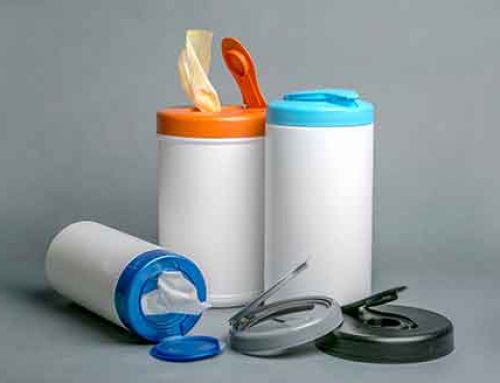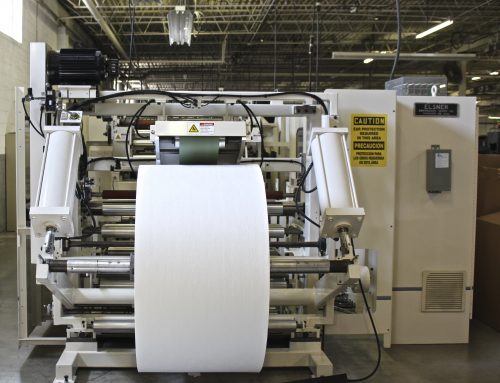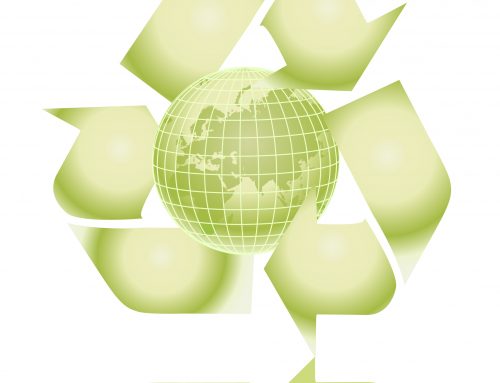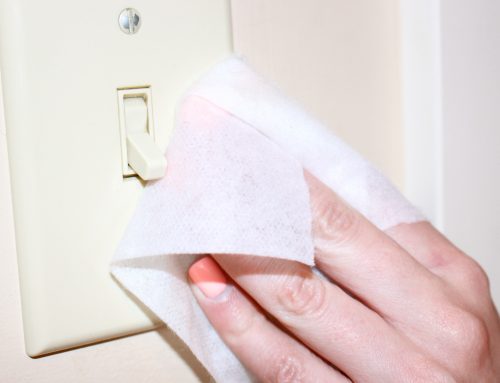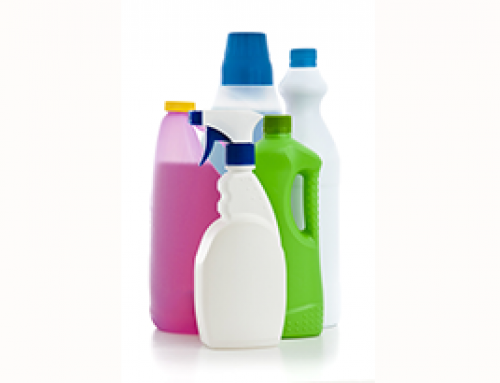Everybody loves a good clean place. Whether it’s a clean gym, workspace, bathroom, or kitchen. That’s why disinfectants are so popular everywhere. When you need to trust that something is clean, you reach for those disinfectants under your sink to do the job. But there are some things you may not know about disinfectants. Let’s talk about what you expect, and what you get from disinfectant wipes.
First of all disinfectants can come in different forms. You’ve got disinfectant liquid spray bottles, aerosols, and wipes. Since we’re experts in wipes here at NTC we’ll be focusing on the wipe version of disinfectants. Depending on the brand of wipe you choose the formula will vary from wipe to wipe. I bet you have a brand or two in mind when you think about what you wipe your bathroom sink down with. Next time you’re using one of those brands take a peek at the label and see what you find!
Let’s talk dwell time. There are a lot of claims being made on your wipe canister. Maybe you see a graphic on the front claiming it kills viruses or bacteria on contact, or within 15 seconds. Wow! You think, how quick! But don’t forget to read the fine print. Most disinfectants need a certain amount of time to sit on a surface before they kill ALL the things their label claims to kill. These kill times vary from formula to formula but most range between 4 and 15 minutes. That’s a big difference. Side note: hospitals use stronger disinfectants with a faster kill time than that. So what does that mean? Put simply, that ‘kills on contact’ claim is true, it starts killing nasty viruses and bacteria the second you put the wipe to the surface, BUT that surface needs to stay wet with the disinfectant for between 4 and 15 minutes depending on the dwell time listed on its canister.
Another thing you might notice is your wipes EPA registration number. Every disinfectant claim must be registered with the EPA if it makes claims to kill viruses or bacteria. Most wipes are registered with the EPA and you can even look up its unique number to investigate its registration.
One more thing, you might find that different types of cleaning wipes are more or less wet than others. This is because there must be a certain amount of disinfecting fluid on a wipe for the disinfectant claim to be correct. So if the cleaning wipe you’re using is on the drier side, it might not be a disinfectant.
So that’s that, we hope you learned a little bit more about how the world of disinfecting wipes works!

